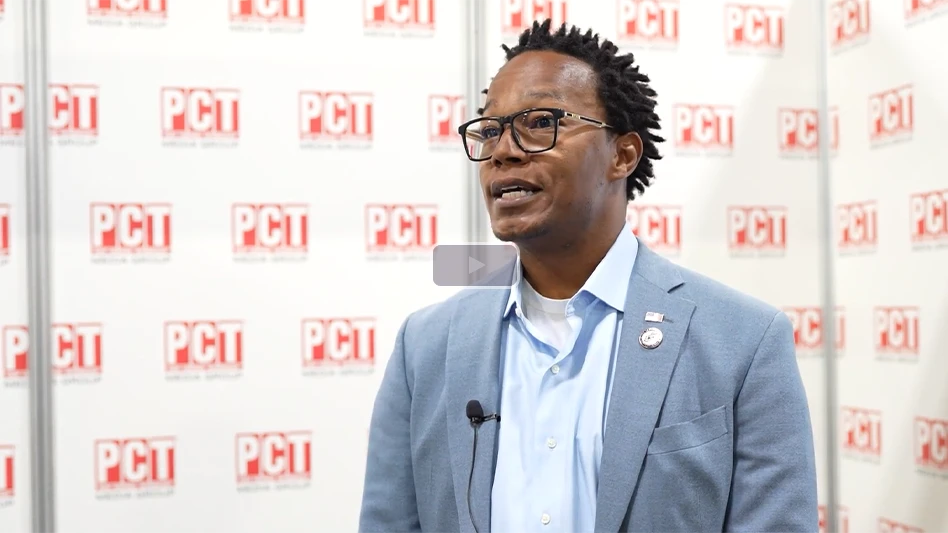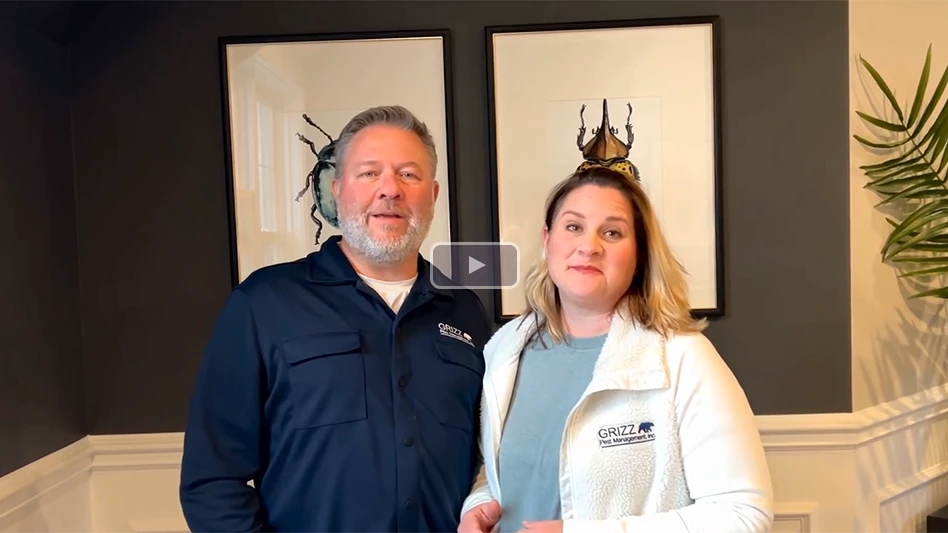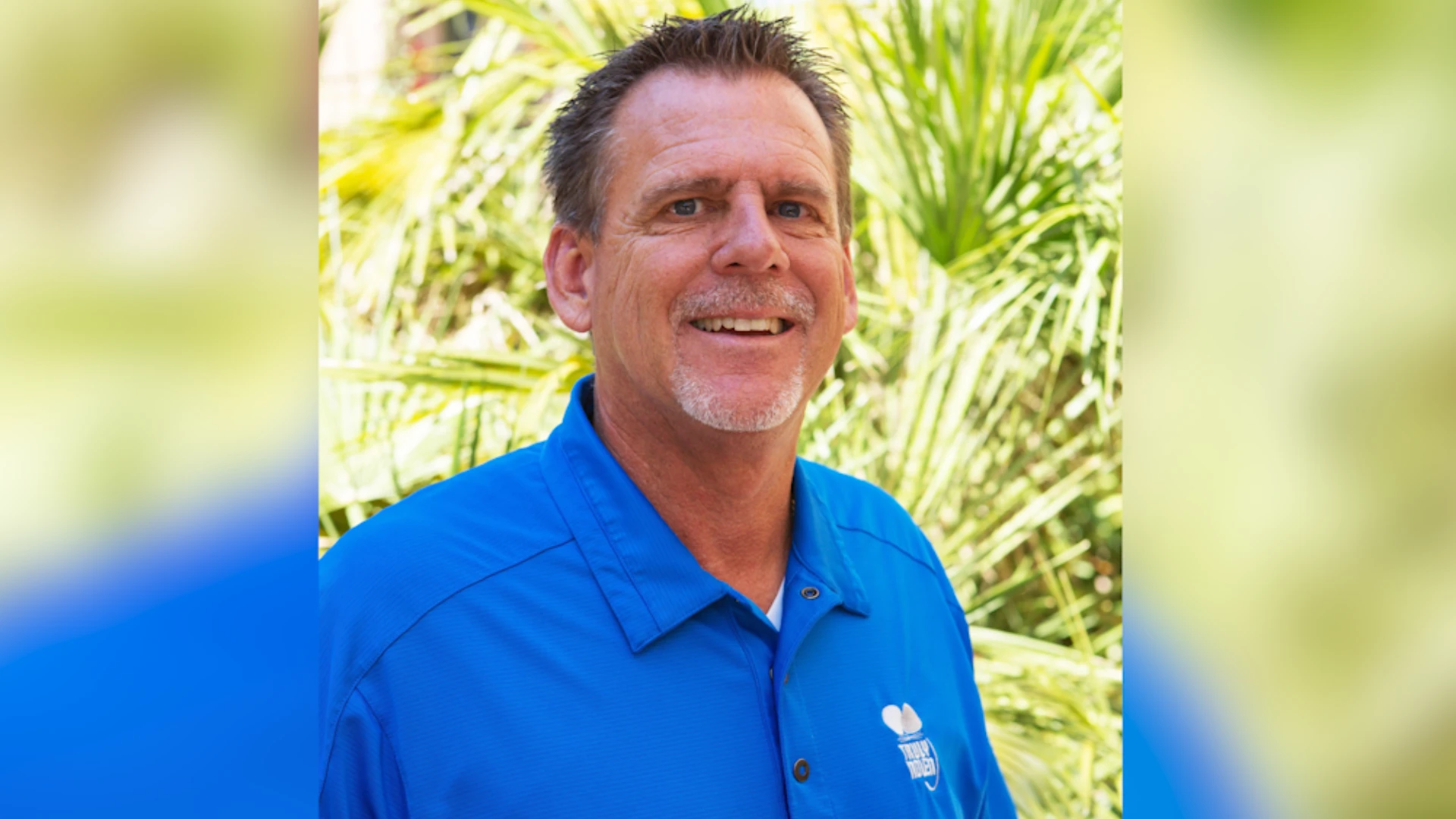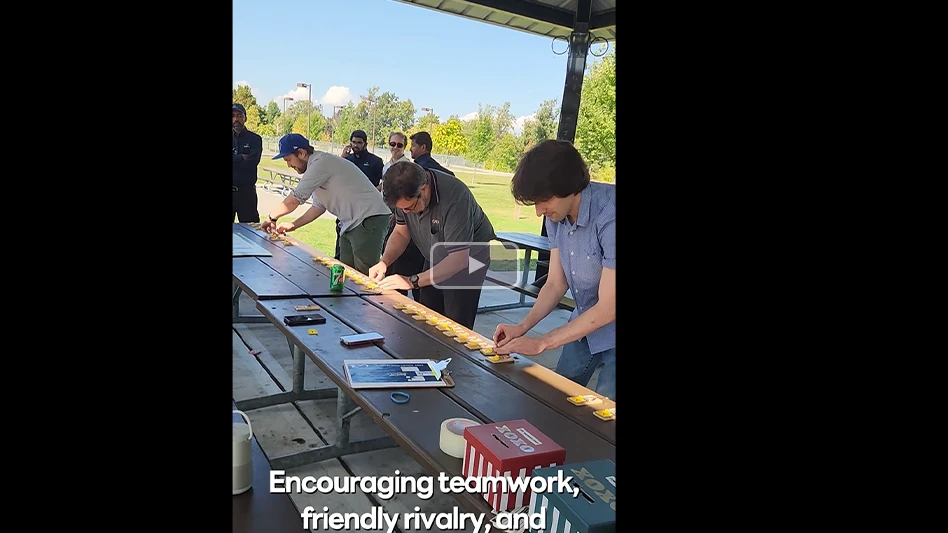Things are "looking up" at Palmetto Exterminators … literally. The company’s termite technicians are peering into trees, eaves and roof lines for the telltale signs of Formosan termites, a subterranean species capable of establishing aerial nests in structures without any wood-to-soil contacts.
Instead of "looking down" to inspect and treat these voracious pests around the foundations of homes, Palmetto technicians are lifting their eyes to gain a fresh perspective on this destructive species, which is a growing problem throughout the hurricane-prone Southeast and Gulf Coast. That’s because Formosans frequently infest trees, which can serve as a source of future infestations should the termites (1) move from an infested tree to a structure through the soil, or 2) alates land on structures and start new colonies in or near conducive areas (e.g., a flat roof with moisture, debris, etc.) following swarming.
Since adopting a tree-specific strategy earlier this year, Palmetto has uncovered dozens of old-growth trees overrun by Formosans. "We realized we were having some significant Formosan infestations (in homes with wooded lots), but we just thought it was a coincidence," observed Bert Snyder, president, Palmetto Exterminators, Charleston, S.C. However, upon closer examination, the company’s technicians discovered signs of termite tubing on the outside of trees and active infestations inside. "It’s like finding a needle in a haystack, but once you find it, it sticks out like a sore thumb," he said.
"Nine out of 10 infestations that we go out and investigate are now Formosan termites," Snyder added. "They’ve spread out all over the coastline and they’re moving inland, so it’s becoming a widespread issue all up and down the Southeast."
AN INVASIVE SPECIES. The Formosan termite is an uninvited import that experts speculate made its way to Charleston Harbor on ships carrying infested wooden pallets from Asia — its native continent — following World War II. The first recorded infestation in the continental United States occurred in Charleston in 1957, followed by subsequent infestations in several other port cities, including Galveston, Texas, and New Orleans, La.
The pest was isolated to a few neighborhoods in Charleston until 1989 when Hurricane Hugo came ashore, devastating the region and spreading Formosan termites throughout the Lowcountry, according to Snyder. The storm left in its wake thousands of damaged trees and tons of debris, which were transported to area landfills following the storm. Formosan termites went along for the ride and soon exploded in numbers, spreading throughout the coastal region, threatening homes and businesses.
Now, Formosan termites are routinely found in trees, going undetected and untreated if technicians conduct only a cursory evaluation of the structure following traditional subterranean termite inspection protocols. "Our industry needs to wake up," Snyder warned. "If they don’t there’s going to be some serious damage to our customers’ homes."
"Pest management professionals have to be experts in chemicals and construction, but now they are going to (need to) start learning about trees because it’s a whole different realm," added Bob Hickman, a technical services specialist with BASF Pest Control Solutions, who has been working with Snyder to educate consumers and PMPs alike about the growing threat of Formosan termites, particularly in trees.
*****
Formosan Facts
- Formosan colonies are big. While native subterranean termite colonies might support an average of 300,000 workers, Formosan colonies can average millions of workers.
- A typical colony of Formosan termites could forage an area more than one acre in size.
- As Formosans infest a structure, they use soil and chewed wood cemented together with saliva and feces to build hard nests called cartons within walls. Large cartons can actually cause walls to bulge. These nests house thousands of termites as well as hold moisture. Once established, Formosans can live indefinitely without soil contact, but only if they have access to an above-ground moisture source (e.g., plumbing or roof leaks, condensation, etc.).
- Formosan termites also can infest and destroy otherwise healthy trees.
- Formosan swarmers are larger than native subterranean species, and they swarm in the evening and later in the
year (May-June). - Soldiers comprise about 10 percent of the colony.
- Formosans will even attack and destroy non-wood materials. They have been known to chew through plaster,
plastics, asphalt, and even thin sheets of soft metals like lead and copper. - Queens can produce 1,000 eggs a day.
(Source: www.termidorhome.com)
*****
A SERIOUS CONCERN. Since coming ashore decades ago, Formosan termites have readily adapted to the conducive conditions present in South Carolina’s Lowcountry — ample moisture, high humidity and multiple wood sources. As a result, they have spread throughout the region and "changed the whole ballgame," according to Snyder. "[Termite control] used to be focused on soil treatments. We’ve had to totally change our inspection routines," he said. "I continually remind my guys you’ve got to look up. We’ve got to turn around and look at what’s going on in the general ecology of a home."
The Southeast isn’t the only region of the country where Formosans are making news and devastating century-old trees — at least 17 species in the Charleston area alone have been affected, according to Clemson University. In New Orleans the pest has been getting lots of press for some time and the Louisiana Department of Agriculture and Forestry has spearheaded an area-wide program to treat trees since 2000.
"After Hurricane Andrew, New Orleans had a big effort to treat trees," Hickman says. "When you have a flood or [hurricane] like that, termites can move up into the trees and escape the flood. Formosans also have recovered quite well since Katrina in New Orleans."
In Florida, a Formosan cousin called the Asian termite (Coptotermes gestroi) is causing similar damage. "Gestroi act almost exactly like Formosans," observes Dr. Rudi Scheffrahn, an entomologist at the University of Florida’s Ft. Lauderdale Research and Education Center, raising additional concerns among PMPs.
A strategy change to traditional termite treatment practices is necessary for pest control firms operating in areas where the Formosan and its "cousins" have set up camp, according to Snyder. "It was surprising to us to see the sheer extent of [termite] activity in the trees," he said. "When we started drilling into the trunks of the trees, just about every one of them had voids and heart rot and carton nests.
"It’s a shame to see some of these gorgeous trees get scarred or damaged or have to be taken down," Snyder continued, noting that he has four trees on his own property that are 300 to 400 years old. As a result, protecting trees from the damaging effects of Formosan termites isn’t just a job. It’s personal for this second-generation PMP.
EXPANSION OPPORTUNITY. To confront the problem, Snyder and his team at Palmetto Exterminators have updated their termite inspection and treatment protocols to address the growing threat posed by Formosan termites to trees and — by association — customers’ homes.
Palmetto recently partnered with BASF Pest Control Solutions — manufacturer of Termidor termiticide, which is labeled for tree treatments — to share what it has learned about Formosans and develop an educational video designed to provide PMPs with a step-by-step guide to successfully treating trees.
The process involves regular communication with customers about proper home maintenance, in addition to enhanced treatment protocols, providing a real opportunity to develop stronger relationships with clients as they work together to solve the problem. "We’re holding the homeowner more accountable. It’s a huge learning curve for the consumer," Snyder points out. "Most of them are amazed [Formosan termites] are an issue, and they’re appreciative that we can identify and solve the problem."
Meanwhile, Snyder is getting the word out to the media in hopes of educating the public about this growing pest problem, as well as partnering with area arborists to identify Formosan termites, urging them to call Palmetto Exterminators upon encountering an infestation. For PCOs in regions where Formosan termites exist, the service could represent an in-demand specialty and a win-win for fighting a tough pest and earning customer trust...if the treatment is performed properly.
In this photo story (pages 94-98), Palmetto Exterminators describes its strategy for successfully resolving Formosan termite infestations in trees.

Explore the September 2010 Issue
Check out more from this issue and find your next story to read.
Latest from Pest Control Technology
- Termite Control Sales Strategies
- NPMA Announces ELP Class of 2025
- Termite Control Tools and Equipment for PMPs
- Choe Reviews Drywood Termite Geographical Hotspots, Latest Research Findings
- Mosquito Squad Announces Rebranding to Mosquito Squad Plus
- Pest Control Equipment: If it’s Critical, Back it Up!
- In Memoriam: Marybeth Wonson
- In Memoriam: Layton Word





